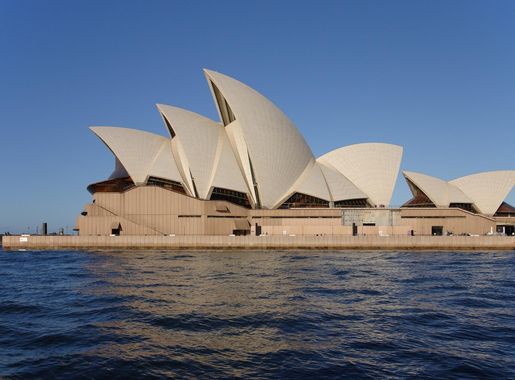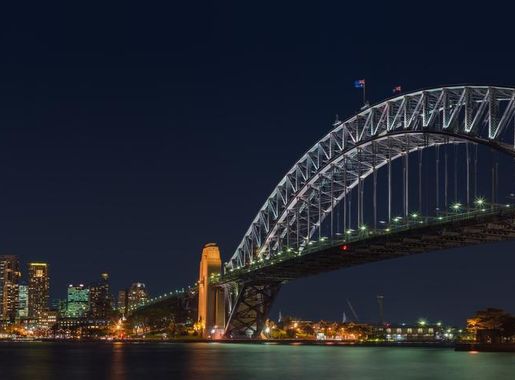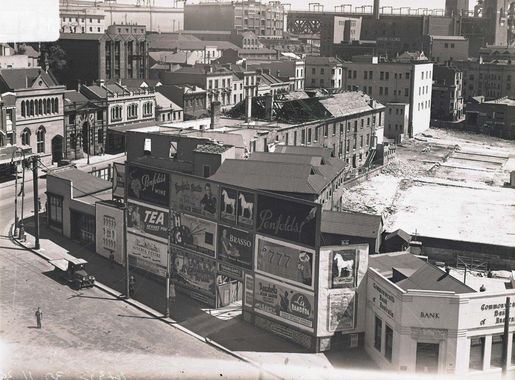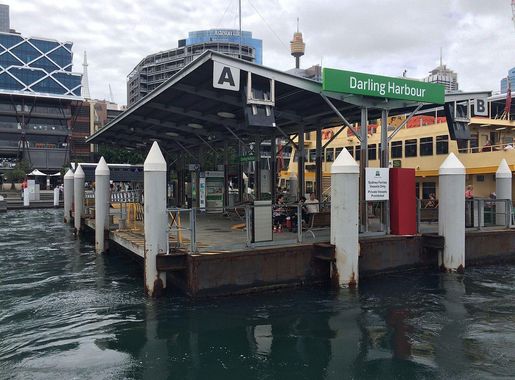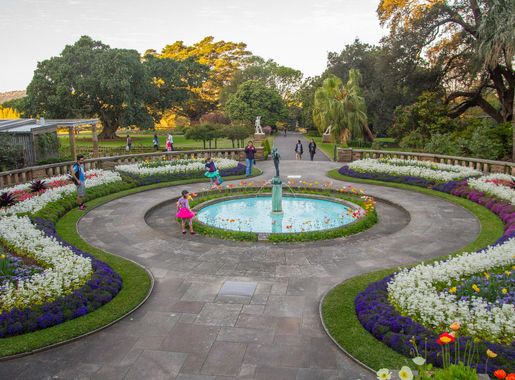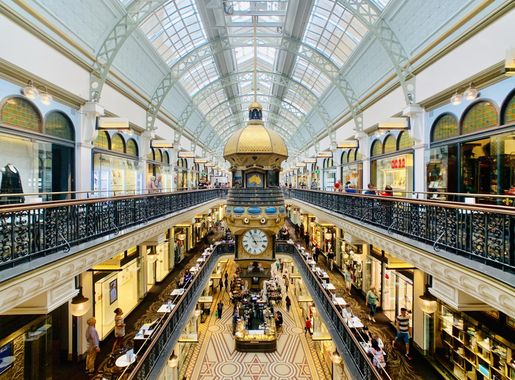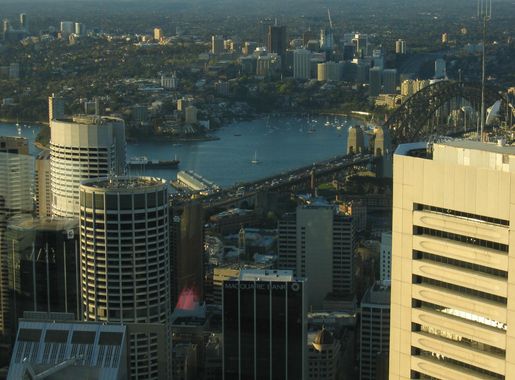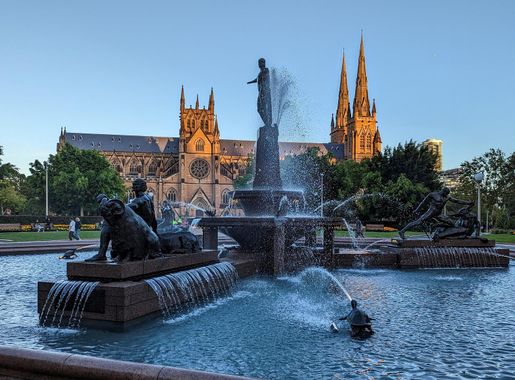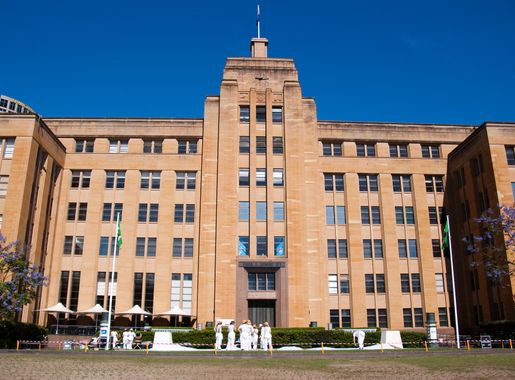
The Heartbeat of Sydney: The Central Business District (CBD)
Discover Sydney CBD: A dynamic blend of modernity, history, and natural beauty in the heart of Australia's largest city.
Welcome to Sydney's Central Business District (CBD), the vibrant core of Australia's largest city. This bustling neighbourhood is a blend of modern skyscrapers, historic landmarks, and green spaces, making it a must-visit for any traveller. The Sydney CBD is not just the commercial hub of the city; it is also a cultural and historical treasure trove waiting to be explored. Begin your journey at Circular Quay, the gateway to Sydney's iconic landmarks such as the Sydney Opera House and the Sydney Harbour Bridge. This area is perfect for a leisurely stroll along the waterfront, where you can enjoy stunning views of the harbour and the city skyline. Don't miss the chance to take a ferry ride to nearby attractions like Taronga Zoo or Manly Beach. For those interested in history, a visit to The Rocks is a must. This historic precinct, located at the northern end of the CBD, offers a glimpse into Sydney's colonial past with its cobblestone streets, old pubs, and weekend markets. The Rocks Discovery Museum provides fascinating insights into the area's rich history. Shopping enthusiasts will find paradise in the CBD with its range of retail options from high-end boutiques on Castlereagh Street to the bustling Queen Victoria Building, a beautifully restored 19th-century shopping arcade. Nearby, Pitt Street Mall is one of Australia's busiest shopping precincts, offering a mix of global brands and local designers. Nature lovers will appreciate the green spaces within the CBD, such as the Royal Botanic Garden. This lush oasis offers a peaceful escape from the city's hustle and bustle and features a variety of native and exotic plants. Take a walk to Mrs Macquarie's Chair for one of the best vantage points in Sydney. Finally, the Sydney CBD is a food lover's paradise. From fine dining establishments to casual eateries, the neighbourhood boasts a diverse culinary scene. Don't forget to visit the vibrant Chinatown area for some of the best Asian cuisine in the city.
Local tips in Sydney CBD
- Visit early in the morning or late in the afternoon to avoid the rush at popular attractions like the Sydney Opera House and Sydney Harbour Bridge.
- Wear comfortable walking shoes as the CBD is best explored on foot, with many attractions within walking distance of each other.
- Take advantage of the free guided tours offered at the Royal Botanic Garden to learn more about the diverse plant species.
- Use public transport like trains, buses, and ferries for convenient and cost-effective travel around the CBD and beyond.
- Check out the local events calendar as the CBD often hosts festivals, markets, and cultural events throughout the year.
The Heartbeat of Sydney: The Central Business District (CBD)
Welcome to Sydney's Central Business District (CBD), the vibrant core of Australia's largest city. This bustling neighbourhood is a blend of modern skyscrapers, historic landmarks, and green spaces, making it a must-visit for any traveller. The Sydney CBD is not just the commercial hub of the city; it is also a cultural and historical treasure trove waiting to be explored. Begin your journey at Circular Quay, the gateway to Sydney's iconic landmarks such as the Sydney Opera House and the Sydney Harbour Bridge. This area is perfect for a leisurely stroll along the waterfront, where you can enjoy stunning views of the harbour and the city skyline. Don't miss the chance to take a ferry ride to nearby attractions like Taronga Zoo or Manly Beach. For those interested in history, a visit to The Rocks is a must. This historic precinct, located at the northern end of the CBD, offers a glimpse into Sydney's colonial past with its cobblestone streets, old pubs, and weekend markets. The Rocks Discovery Museum provides fascinating insights into the area's rich history. Shopping enthusiasts will find paradise in the CBD with its range of retail options from high-end boutiques on Castlereagh Street to the bustling Queen Victoria Building, a beautifully restored 19th-century shopping arcade. Nearby, Pitt Street Mall is one of Australia's busiest shopping precincts, offering a mix of global brands and local designers. Nature lovers will appreciate the green spaces within the CBD, such as the Royal Botanic Garden. This lush oasis offers a peaceful escape from the city's hustle and bustle and features a variety of native and exotic plants. Take a walk to Mrs Macquarie's Chair for one of the best vantage points in Sydney. Finally, the Sydney CBD is a food lover's paradise. From fine dining establishments to casual eateries, the neighbourhood boasts a diverse culinary scene. Don't forget to visit the vibrant Chinatown area for some of the best Asian cuisine in the city.
Iconic landmarks you can’t miss
Sydney Opera House
Explore the Sydney Opera House, an architectural wonder that hosts world-class performances in the heart of Sydney's vibrant arts scene.
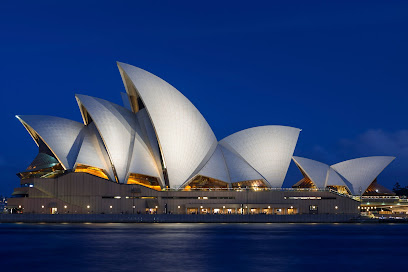
Darling Harbour
Explore Darling Harbour, Sydney's vibrant waterfront destination filled with attractions, dining, and stunning views for an unforgettable experience.

Hyde Park
Explore Hyde Park, Sydney's lush urban oasis, offering stunning gardens, historical monuments, and vibrant cultural experiences in the heart of the city.
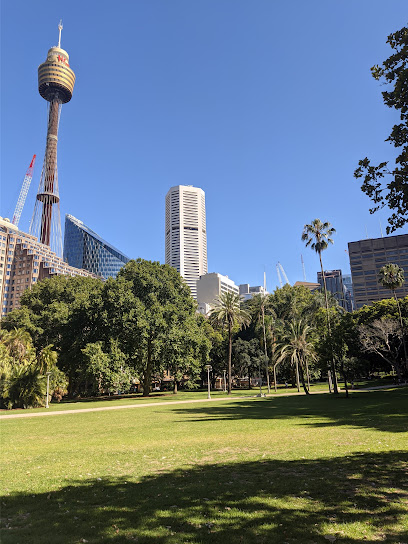
Sydney Tower Eye
Discover breathtaking views and the vibrant culture of Sydney from the iconic Sydney Tower Eye, the city’s highest observation deck.

Sydney Observatory
Explore the wonders of the universe at Sydney Observatory, a historic site offering stunning views and engaging astronomical experiences.
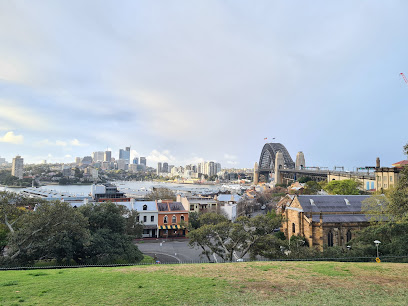
Customs House
Explore Customs House in Sydney, a historical landmark that combines rich heritage with modern culture, perfect for all tourists seeking insight into the city's history.
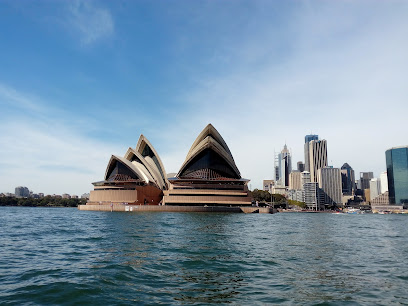
William Bede Dalley
Explore the historical significance and architectural beauty of William Bede Dalley, a must-visit landmark in Sydney's cultural landscape.
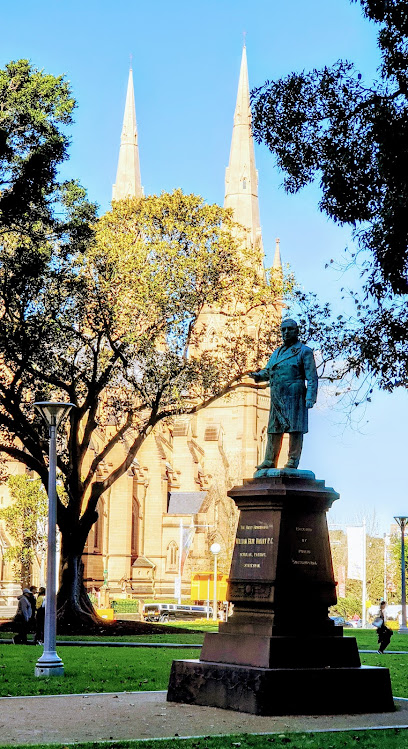
Richard Johnson Obelisk
Discover the historic Richard Johnson Obelisk in Sydney, a monument honoring Australia's early European settlement and rich history.

Sydney Harbour
Explore the iconic Sydney Harbour, a historical landmark that offers breathtaking views, rich culture, and unforgettable experiences by the water.

Site of the First Government House
Explore the Site of the First Government House, a historical landmark in Sydney that reveals the stories of Australia's colonial heritage.
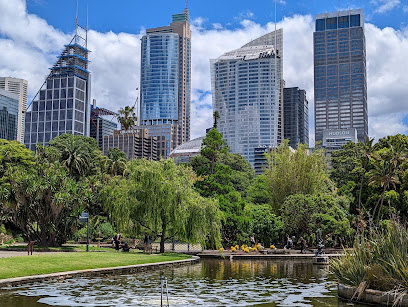
Unmissable attractions to see
Hyde Park
Discover Hyde Park, Sydney's historic urban park, featuring lush gardens, iconic monuments, and vibrant community events in the heart of the city.

Luna Park Sydney
Experience the magic of Luna Park Sydney, where thrilling rides, stunning views, and unforgettable memories await in a historic amusement park.
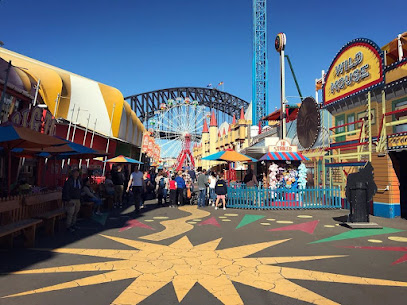
Sydney Tower Eye
Discover breathtaking views of Sydney from the Sydney Tower Eye, the city's tallest observation deck, offering an unforgettable experience for every visitor.
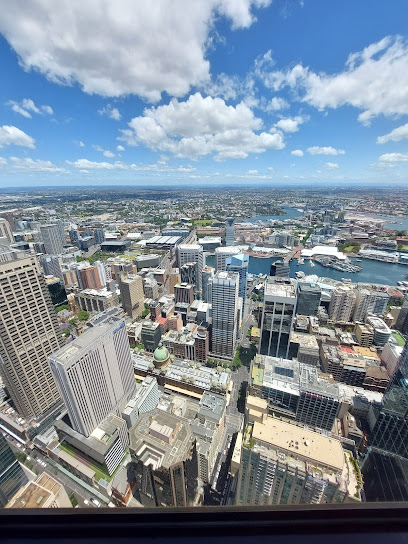
Museum of Contemporary Art Australia
Discover cutting-edge art at the Museum of Contemporary Art Australia, an icon of creativity located in the heart of Sydney's historic The Rocks.

Museum of Sydney
Discover the rich history of Sydney at the Museum of Sydney, where engaging exhibits and cultural events illuminate the city's past.

Hyde Park Barracks
Discover Australia's colonial past at the historic Hyde Park Barracks, a UNESCO World Heritage site in Sydney, showcasing captivating exhibits and stunning architecture.
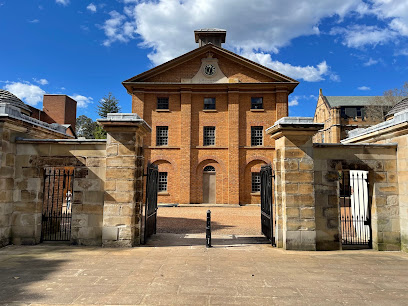
Essential places to dine
O Bar and Dining
Experience modern Australian cuisine with breathtaking views at O Bar and Dining in Sydney's Australia Square.

Restaurant Hubert
Discover modern French cuisine at Restaurant Hubert in Sydney – where elegance meets exquisite flavors in a charming atmosphere.
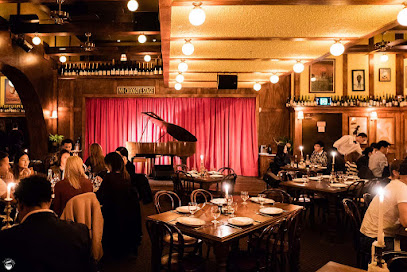
Long Chim Sydney
Experience the authentic taste of Thailand at Long Chim Sydney, where vibrant flavors meet contemporary dining in a stunning atmosphere.
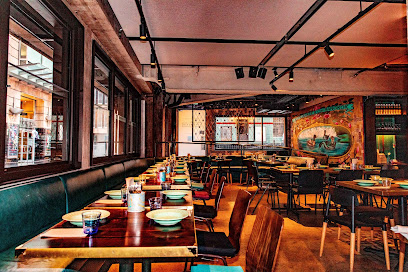
Mercado
Experience authentic Spanish cuisine at Mercado - where vibrant flavors meet elegant dining in Sydney.
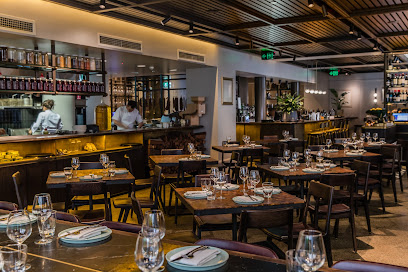
Bentley Restaurant + Bar
Discover the essence of modern Australian cuisine at Bentley Restaurant + Bar in Sydney - where culinary innovation meets elegance.
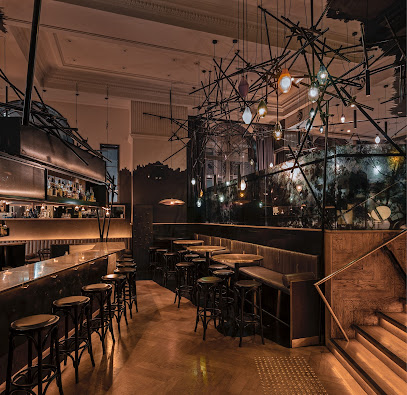
China Lane
Experience authentic Asian cuisine at China Lane in Sydney - where tradition meets modernity in every delicious bite.
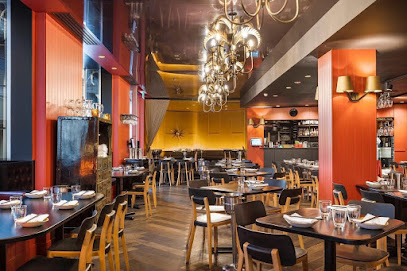
SOUL Dining
Experience the vibrant fusion of Asian flavors at SOUL Dining in Sydney—where every dish tells a story.
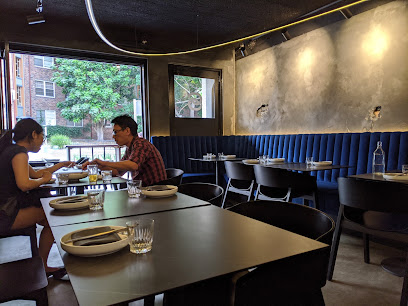
The Restaurant Pendolino
Experience authentic Italian fine dining at Pendolino in Sydney, where exquisite flavors meet elegant ambiance for an unforgettable meal.
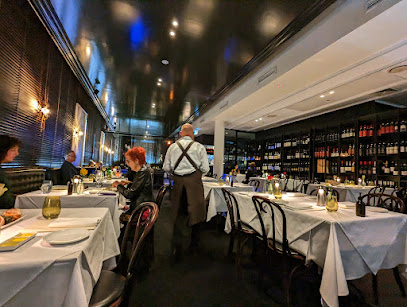
Kitchen by Mike CBD
Experience the best of Sydney's culinary scene at Kitchen by Mike CBD - where fresh ingredients meet innovative cooking.
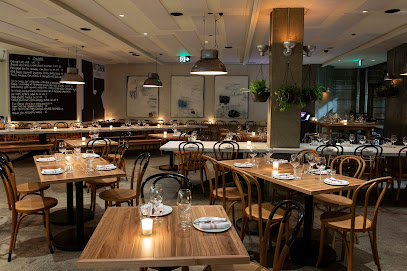
Artasian Restaurant CBD
Experience Sydney's vibrant dining scene at Artasian Restaurant CBD - where Asian fusion meets contemporary flair in an unforgettable setting.
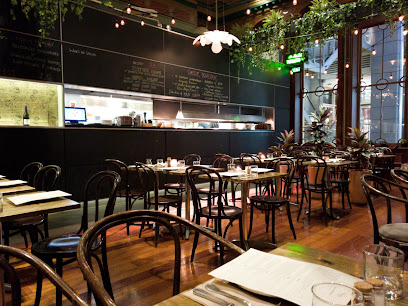
Markets, malls and hidden boutiques
Myer
Discover the ultimate shopping experience at Myer, Sydney's leading department store, featuring fashion, home goods, and gifts for everyone.
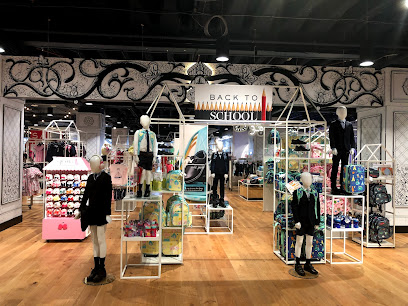
The Galeries
Explore The Galeries in Sydney for an unforgettable blend of luxury shopping, exquisite dining, and vibrant art, all in one stunning location.
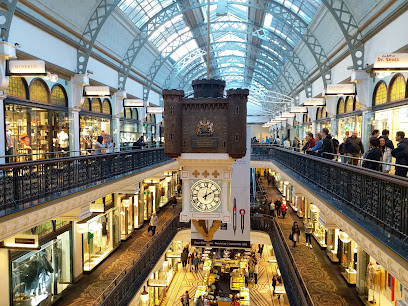
Sydney Opera House Gift Shops
Explore the Sydney Opera House Gift Shops for exclusive souvenirs, unique gifts, and books that celebrate Australia's rich culture and artistry.

Sorry Thanks I Love You
Explore Sorry Thanks I Love You in Sydney, a vibrant destination for unique clothing, books, and artisanal treasures.
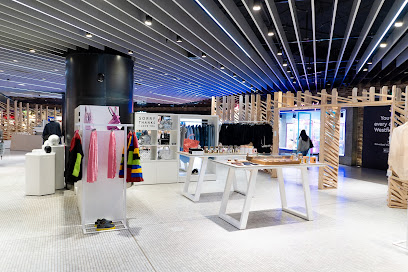
Mumu Life
Explore Mumu Life in Sydney for unique gifts and homewares that capture the essence of Australian creativity and style.
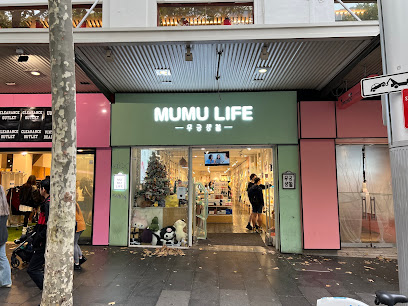
The Vintage Clothing Shop
Explore The Vintage Clothing Shop in Sydney for a unique selection of timeless fashion pieces that celebrate the charm of vintage style.
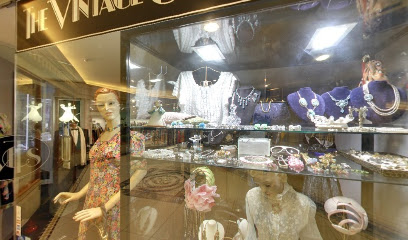
MeeQ Sydney
Explore MeeQ Sydney, your one-stop destination for unique gifts and toys in the heart of Westfield Sydney.
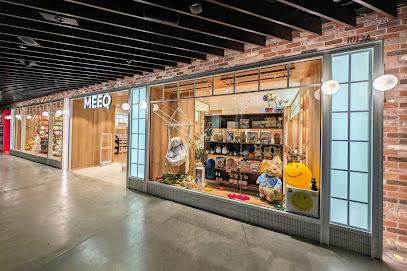
Monsterthreads
Discover Monsterthreads, Sydney's premier gift shop for unique treasures and quality souvenirs that reflect the city's vibrant culture.

unique & mix
Explore Unique & Mix, Sydney's fashion gem in Piccadilly Shopping Centre, offering eclectic clothing styles for every taste.
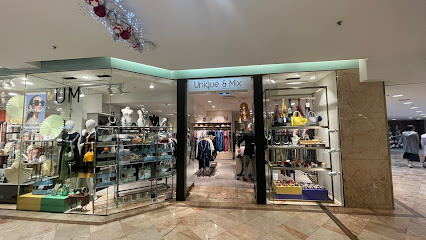
Mothers Union Gift Shop
Explore the Mothers Union Gift Shop for unique Australian treasures, baby clothing, and fair trade products in the heart of Sydney.

Essential bars & hidden hideouts
The Baxter Inn
Discover The Baxter Inn, Sydney's premier cocktail bar, offering an extraordinary selection of drinks in an inviting and stylish atmosphere.
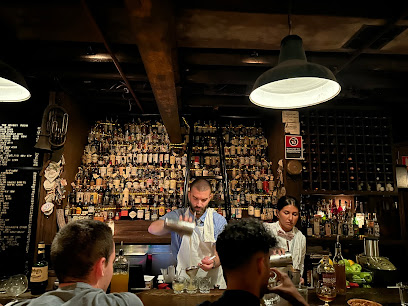
Stitch Bar
Discover Stitch Bar in Sydney—where classic American diner meets innovative cocktails in a lively atmosphere.
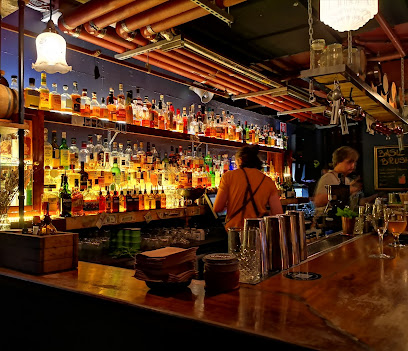
The Rook
Experience Sydney's skyline from The Rook, a trendy bar and restaurant offering exquisite cuisine and refreshing drinks in a lively atmosphere.

Papa Gede's Bar
Discover the vibrant cocktail scene at Papa Gede's Bar, where unique drinks and lively ambiance await your visit in the heart of Sydney.
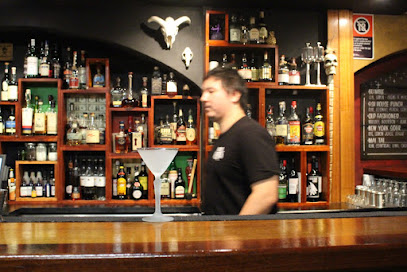
The Lobo
Discover The Lobo in Sydney - a stylish bar offering unique cocktails and a vibrant atmosphere for an unforgettable nightlife experience.
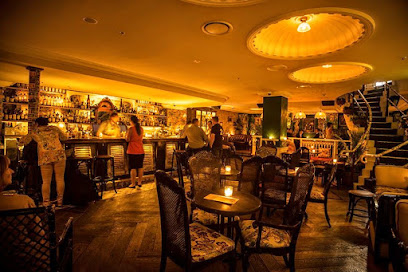
Kittyhawk
Discover Kittyhawk, Sydney's chic cocktail bar blending French culinary artistry with a vibrant nightlife experience.
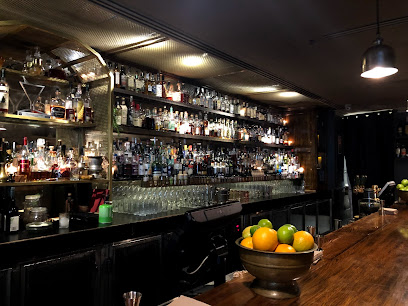
RAMBLIN RASCAL
Experience the vibrant atmosphere and creative cocktails at Ramblin Rascal, a unique basement bar in the heart of Sydney.
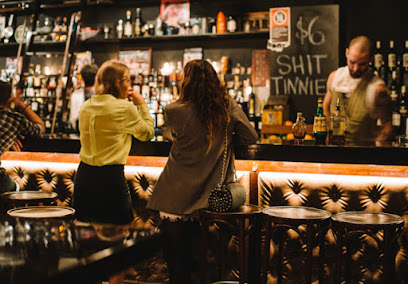
Door Knock
Discover the sophistication and vibrant nightlife of Door Knock, a premier cocktail bar and restaurant in Sydney's bustling heart.
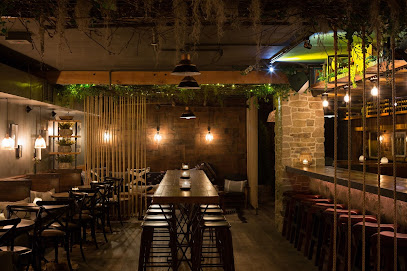
Burrow Bar
Experience the vibrant nightlife at Burrow Bar, Sydney's hidden cocktail gem, known for its innovative drinks and enchanting atmosphere.
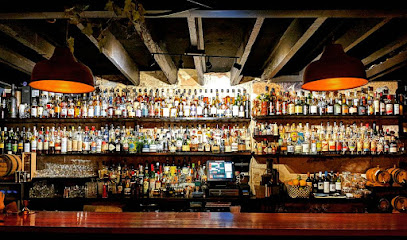
Eau De Vie
Discover Eau De Vie, Sydney's premier cocktail bar, where unique drinks meet an enchanting atmosphere for a memorable night.
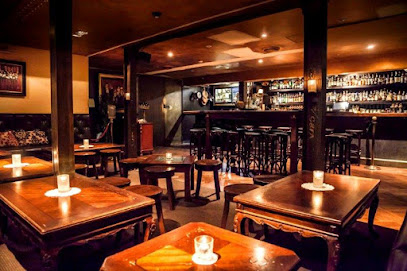
Local Phrases
-
- HelloG'day
[g'day] - GoodbyeCatch ya later
[catch ya later] - YesYeah
[yeah] - NoNah
[nah] - Please/You're welcomeNo worries
[no worries] - Thank youCheers
[cheers] - Excuse me/SorrySorry mate
[sorry mate] - How are you?How ya going?
[how ya going] - Fine. And you?Not bad. You?
[not bad. you] - Do you speak English?You speak English?
[you speak English] - I don't understandI'm lost
[I'm lost]
- HelloG'day
-
- I'd like to see the menu, pleaseCan I check the menu, mate?
[can I check the menu, mate] - I don't eat meatI'm vego
[I'm vego] - Cheers!Cheers!
[cheers] - I would like to pay, pleaseCan I pay now, mate?
[can I pay now, mate]
- I'd like to see the menu, pleaseCan I check the menu, mate?
-
- Help!Help!
[help] - Go away!Bugger off!
[bugger off] - Call the Police!Get the cops!
[get the cops] - Call a doctor!Need a doc!
[need a doc] - I'm lostLost!
[lost] - I'm illFeeling crook
[feeling crook]
- Help!Help!
-
- I'd like to buy...I wanna buy...
[I wanna buy] - I'm just lookingJust browsing, mate
[just browsing, mate] - How much is it?How much?
[how much] - That's too expensiveToo pricey, mate
[too pricey, mate] - Can you lower the price?Can you do a deal?
[can you do a deal]
- I'd like to buy...I wanna buy...
-
- What time is it?What's the time?
[what's the time] - It's one o'clockIt's one
[it's one] - Half past (10)Half ten
[half ten] - MorningMorning
[morning] - AfternoonArvo
[arvo] - EveningEvening
[evening] - YesterdayYesterday
[yesterday] - TodayToday
[today] - TomorrowTomorrow
[tomorrow] - 1One
[one] - 2Two
[two] - 3Three
[three] - 4Four
[four] - 5Five
[five] - 6Six
[six] - 7Seven
[seven] - 8Eight
[eight] - 9Nine
[nine] - 10Ten
[ten]
- What time is it?What's the time?
-
- Where's a/the...?Where's the...?
[where's the] - What's the address?What's the addy?
[what's the addy] - Can you show me (on the map)?Can you show me (on the map)?
[can you show me (on the map)] - When's the next (bus)?When's the next (bus)?
[when's the next (bus)] - A ticket (to ....)A ticket (to ....)
[a ticket (to)]
- Where's a/the...?Where's the...?
History of Sydney CBD
-
The Sydney CBD area is situated on the lands of the Gadigal people of the Eora Nation. For thousands of years, this region has been a vibrant hub for Indigenous culture, featuring complex social structures, trade networks, and spiritual practices. The significance of the land is reflected in the many sites, stories, and traditions still upheld by the Indigenous community today.
-
The establishment of Sydney as a British penal colony in 1788 marked the beginning of significant transformation in the CBD. The First Fleet arrived at Port Jackson under Captain Arthur Phillip, leading to the founding of the settlement at Sydney Cove. This event laid the groundwork for the growth of a city that would evolve into one of the world's major urban centers.
-
The discovery of gold in the 1850s catalyzed an extraordinary period of growth for Sydney CBD. The influx of wealth and population from both local and international sources led to rapid urban development, with new infrastructure, commercial buildings, and public spaces emerging. This era established Sydney's reputation as a dynamic and prosperous city.
-
The aftermath of World War II saw Sydney CBD undergo significant modernization. The introduction of new architectural styles, such as Brutalism, alongside the preservation of historical buildings, marked a duality that characterizes the cityscape today. The establishment of the Sydney Opera House in the 1970s further solidified the city's cultural identity on the global stage.
-
The late 20th and early 21st centuries brought an influx of immigrants from diverse backgrounds, enriching the cultural fabric of Sydney CBD. This diversity is reflected in the neighborhoods, cuisine, festivals, and communities that thrive in the area. The rise of global business and tourism has also positioned Sydney CBD as a key player in international economic networks.
Sydney CBD Essentials
-
Sydney CBD is well-connected to other neighborhoods via public transport. From Sydney Airport, you can take the Airport Link train directly to Circular Quay or Central Station, taking around 20 minutes. Buses also run frequently from various suburbs into the CBD. If you're coming from other neighborhoods like Bondi or Manly, consider using the ferry services to Circular Quay for a scenic route.
-
Sydney CBD is highly accessible with a range of transport options. The public transport system includes trains, buses, and light rail. The Opal card offers a convenient way to pay for travel, valid across all forms of public transport. Bicycles can be rented through various services, and dedicated bike lanes make cycling a viable option. Walking is also a great way to explore the compact city center.
-
Sydney CBD is generally safe for tourists, but it’s wise to remain vigilant, especially at night. Areas like Kings Cross have a reputation for nightlife-related crime, so exercise caution. Always be aware of your surroundings and keep valuables secured. Avoid walking alone late at night in poorly lit areas.
-
In case of an emergency, dial 000 for police, fire, or ambulance services. For health emergencies, there are several hospitals within the CBD, including St Vincent's Hospital. It’s advisable to have travel insurance that covers medical care. Emergency services are typically prompt and efficient.
-
Fashion: Do wear comfortable clothing suitable for the weather and activities; avoid overly casual attire when dining in upscale restaurants. Religion: Do respect places of worship; when visiting churches or temples, dress modestly. Public Transport: Do give up your seat to the elderly or disabled; don’t eat or drink on the train or bus. Greetings: Do greet locals with a friendly smile; don’t engage in overly personal questions initially. Eating & Drinking: Do try local foods and enjoy the café culture; don’t waste food or ask for excessive modifications to dishes.
-
To experience Sydney CBD like a local, visit the lesser-known cafés and bars in areas like Surry Hills or Newtown. Explore the local markets, such as the Rocks Markets on weekends. Join a walking tour to uncover hidden gems and learn about the history of the area. Engage with locals at parks or community events for a more immersive experience.
Nearby Cities to Sydney CBD
-
Things To Do in Canberra
-
Things To Do in Byron Bay
-
Things To Do in Gold Coast
-
Things To Do in Surfers Paradise
-
Things To Do in Melbourne
-
Things To Do in Brisbane
-
Things To Do in Noosa
-
Things To Do in Hobart
-
Things To Do in Adelaide
-
Things To Do in Kangaroo Island
-
Things To Do in Airlie Beach
-
Things To Do in The Whitsundays
-
Things To Do in Phillip Island
-
Things To Do in Burnt Pine
-
Things To Do in Kingston

